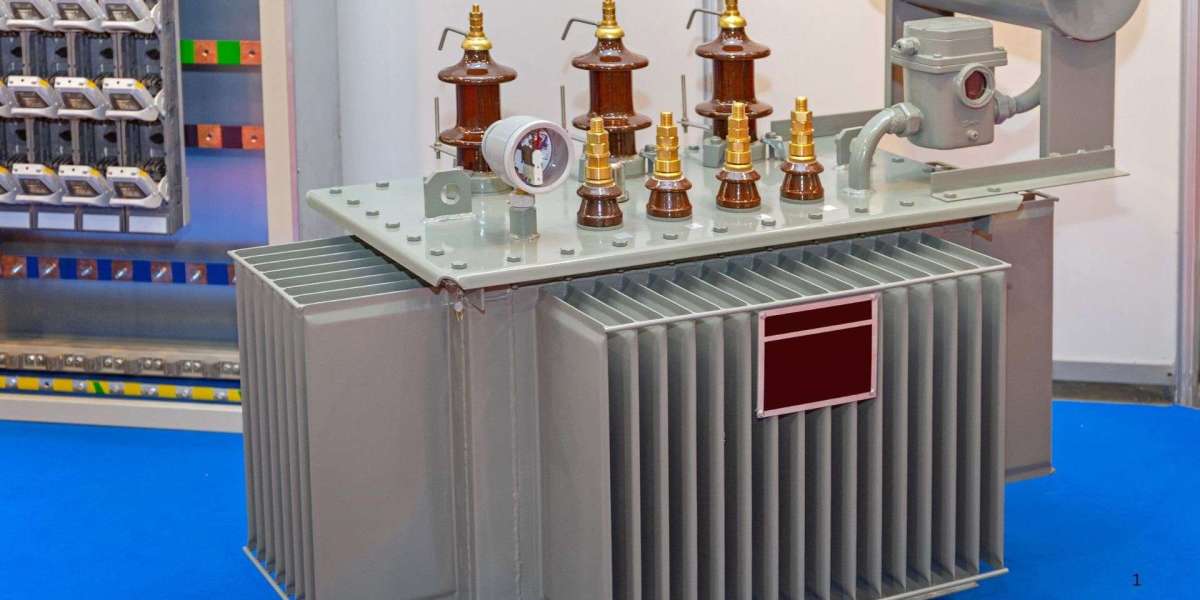Safety signage plays a critical role in keeping workplaces compliant and employees safe. Signs communicate warnings, provide guidance, and highlight risks that workers may not immediately notice. Yet, even the best-intentioned safety programs can fail if signage is poorly placed or misused. Many organizations underestimate how small errors in positioning can reduce the effectiveness of safety communication, leading to avoidable accidents and compliance issues. For those pursuing workplace safety education, especially in regions where training like NEBOSH is popular, understanding correct signage placement is as important as learning theoretical concepts. With rising demand for professional training, NEBOSH course fees in Pakistan are often seen as a worthwhile investment to reduce such preventable risks.
Why Correct Safety Signage Placement Matters
Workplace hazards exist across all industries, from construction and manufacturing to offices and healthcare. Safety signs serve as constant reminders of potential dangers and required precautions. Incorrectly placed signs can:
Confuse employees or visitors.
Be ignored because they are not visible at the right time.
Lead to regulatory penalties.
Increase the risk of accidents and injuries.
By avoiding common mistakes in placement, companies can ensure that signage works as an effective, low-cost safety tool.
Mistake 1: Placing Signs Too High or Too Low
A frequent error is positioning safety signs outside the natural line of sight. Signs mounted too high may go unnoticed, while those too low can be blocked by equipment or furniture.
Best Practice:
Place signs at eye level, generally between 1.5 to 1.7 meters above the ground.
Adjust height in areas where workers may be seated or using vehicles like forklifts.
Mistake 2: Poor Visibility Due to Lighting
Even the most well-designed sign is useless if it cannot be seen. Signs in poorly lit corners, hallways, or outdoor spaces without proper illumination can easily be missed.
Best Practice:
Ensure signs are positioned where natural or artificial light keeps them visible at all times.
Use reflective or illuminated signage in areas prone to low visibility.
Mistake 3: Overcrowding Signs in One Location
Another common mistake is clustering too many signs together. Workers may become overwhelmed and fail to process important messages when too much information is placed in one spot.
Best Practice:
Prioritize signs based on risk and necessity.
Spread signage across the work area so that information is delivered in manageable portions.
Conduct periodic reviews to remove outdated or unnecessary signs.
Mistake 4: Using Inconsistent Designs
Safety signage must follow recognized standards, such as those defined by ISO or OSHA, depending on the country. Inconsistent shapes, colors, or icons confuse workers and weaken the effectiveness of the system.
Best Practice:
Stick to universal color codes (e.g., red for prohibition, yellow for warnings, green for safe conditions).
Train staff to recognize standard safety symbols.
Audit signage regularly for compliance with international or local standards.
Mistake 5: Ignoring the Surrounding Environment
Signs placed near clutter, machinery, or decorative elements can blend into the background. A hazard warning sign loses impact if it is hidden behind a piece of equipment or covered by temporary items like boxes.
Best Practice:
Place signs against plain, contrasting backgrounds.
Ensure nothing obstructs the sign, even during peak work hours.
Use floor markings and barriers to support visual communication where needed.
Mistake 6: Placing Signs Too Far from the Hazard
Workers must receive a warning before they encounter a hazard. Unfortunately, many signs are installed too close to the danger, giving little or no time to react.
Best Practice:
Position signs at entrances or approach points to hazardous zones.
Provide adequate distance for workers to take action before exposure.
Supplement with directional arrows when hazards are not immediately visible.
Mistake 7: Not Considering Multilingual Workforces
In global industries or diverse regions, signs written in one language may not be understood by all workers. This is especially relevant in countries with multilingual workforces.
Best Practice:
Use universally recognized pictograms whenever possible.
Provide multilingual text if your workforce requires it.
Validate signage comprehension through worker feedback.
Mistake 8: Failing to Maintain or Update Signs
Over time, safety signs can fade, peel, or become damaged. Outdated signs that no longer reflect current hazards can also create confusion.
Best Practice:
Conduct regular inspections of signage.
Replace damaged or faded signs immediately.
Update signs whenever processes, layouts, or risks change.
Mistake 9: Placing Signs in Inaccessible Areas
Some workplaces place signs in spots that are technically visible but not easily noticeable due to obstacles. For example, behind doors, inside narrow hallways, or in restricted corners.
Best Practice:
Conduct a walk-through of the facility from a worker’s perspective to evaluate signage visibility.
Ensure signs can be seen from multiple angles.
Relocate or duplicate signs in hard-to-see areas.
Mistake 10: Assuming Training Alone is Enough
While safety training is crucial, relying solely on training without reinforcing it through signage is a mistake. Workers often forget safety instructions over time, especially when exposed to repetitive tasks.
Best Practice:
Use signage to reinforce training messages.
Place reminder signs near areas of high-risk activity.
Align training programs with visual safety systems.
Real-World Example: Signage Placement in Manufacturing
In a large manufacturing plant, exit signs were placed too close to emergency doors. During an evacuation drill, several employees reported not noticing the signs until they were already near the exit. The company revised placement by moving exit signs to intersections and approach pathways, increasing awareness. After the change, drill completion time improved by 25%, showing how effective placement directly impacts safety performance.
If you are planning to enhance workplace safety in your organization, understanding the balance between practical solutions like signage and formal training is essential. Professional qualifications provide a structured approach to safety management, equipping teams with the skills to recognize and correct issues like poor signage placement. For those comparing programs, it is helpful to review NEBOSH course duration and fees in Pakistan to choose the right training path for both compliance and career growth.
Conclusion
Correct placement of safety signage is often overlooked but is fundamental to keeping workers safe. Mistakes like placing signs too high, clustering them together, or failing to update them can significantly reduce their effectiveness. Regular audits, proper design, and alignment with training programs ensure signs achieve their purpose.








